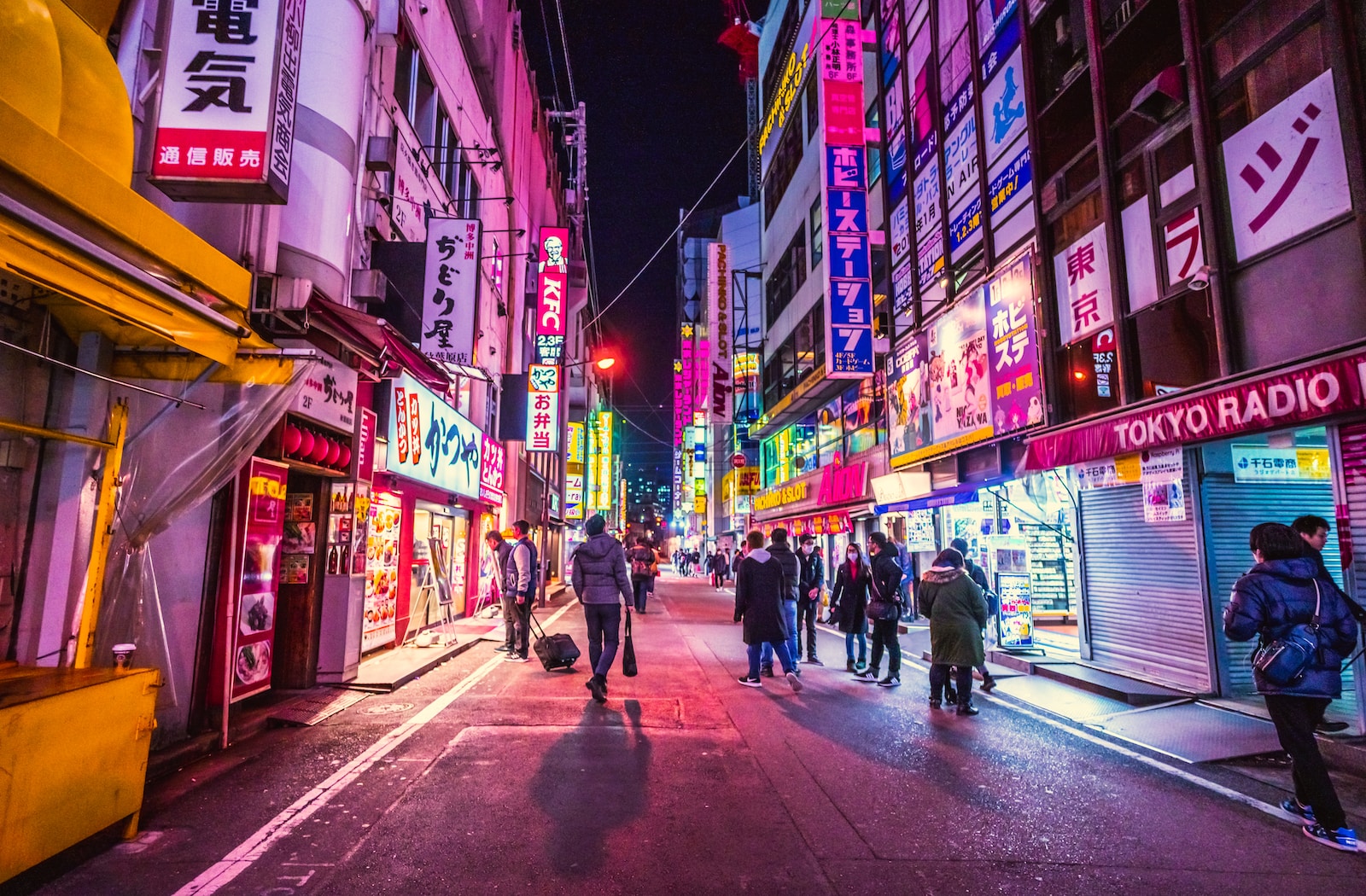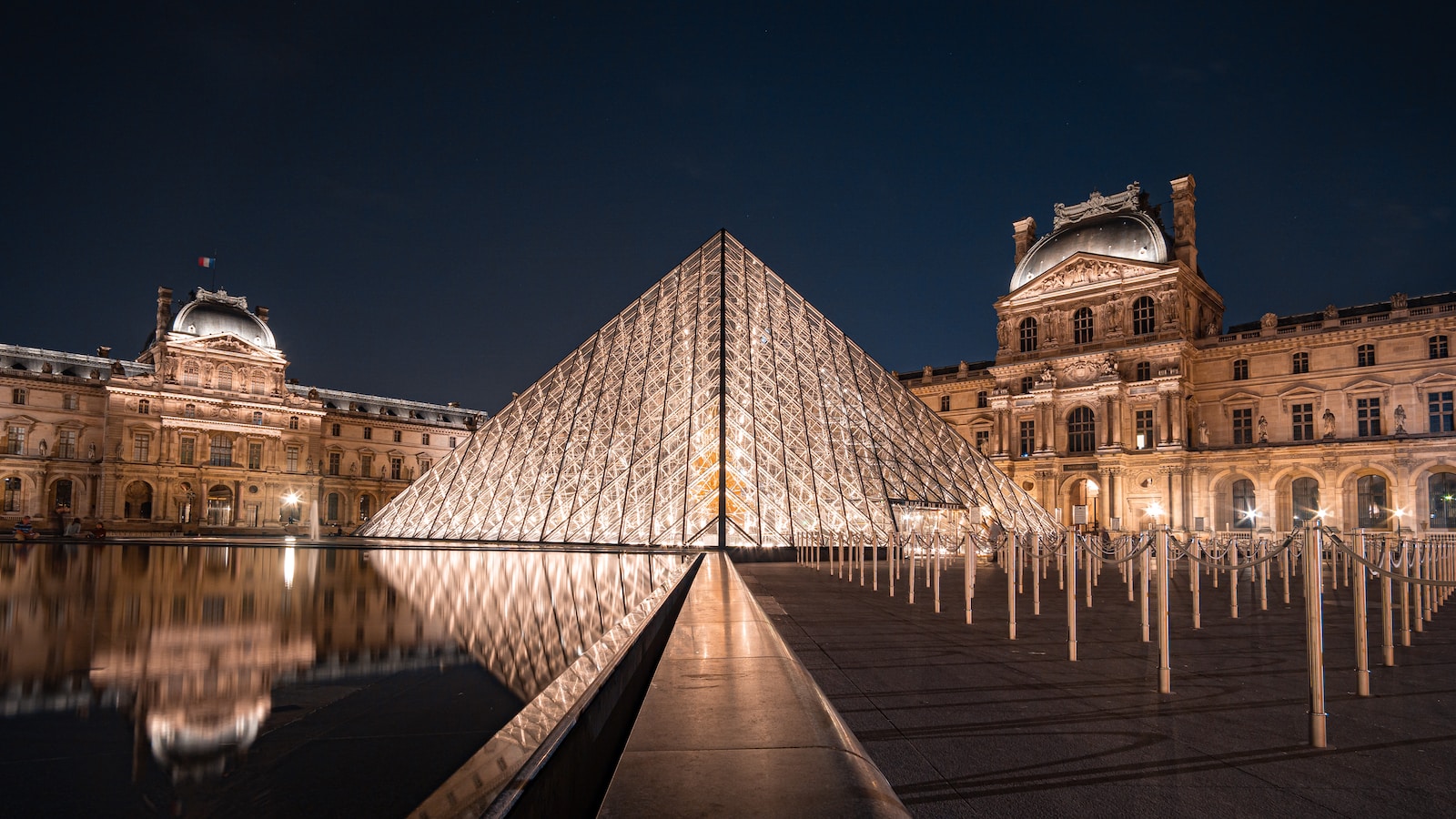Tokyo, the capital city of Japan, is known for its rich cultural heritage and modernity. A cultural tour of Tokyo offers visitors an opportunity to explore the traditional Japanese culture that has been passed down through generations while also experiencing the contemporary lifestyle of this cosmopolitan metropolis.
Tokyo boasts a plethora of culturally significant sites such as temples, shrines, museums, art galleries and gardens. These places offer insights into various aspects of Japanese history and tradition. At the same time, Tokyo’s bustling streets are home to unique experiences like karaoke bars, themed restaurants and shopping districts that showcase the city’s modern side. This blend of old and new creates a fascinating contrast that leaves visitors intrigued and yearning for more. In this article, we will take you on a journey through some of Tokyo’s most iconic cultural landmarks while highlighting lesser-known gems along the way. So buckle up and get ready for an adventure!
The Imperial Palace: A Window Into Japan’s History
The Imperial Palace in Tokyo is one of the most iconic structures in Japan with historical significance dating back to the Edo period. The palace has served as a residence for various emperors since 1868 and stands tall amidst beautiful gardens, moats, and ancient walls that have stood the test of time. The architectural beauty of this structure cannot be overstated, from its stunning gates and towers to the intricate design details on its façade.
But beyond just being an impressive tourist attraction, the Imperial Palace serves as a window into Japan’s rich history. With guided tours available, visitors can learn about the country’s past while marveling at the grandeur of this historic site. From tales of samurai warriors defending their emperor to stories of imperial families who once called it home, there are endless fascinating narratives that bring life to these hallowed halls. It is no wonder that visiting this cultural landmark is high on many travelers’ bucket lists when they come to Tokyo.
Senso-Ji Temple: A Glimpse Into Tokyo’s Spiritual Side
Having explored the grandeur of Japan’s history at the Imperial Palace, it’s time to delve into Tokyo’s spiritual side. The Senso-ji Temple is an iconic Buddhist temple nestled in Asakusa district and serves as a significant cultural landmark for locals and visitors alike. This ancient temple offers not only a glimpse but also an immersive experience into traditional customs and architecture styles.
As you approach the entrance gate known as Kaminarimon or Thunder Gate, your senses are stimulated by the vibrancy of red lanterns hanging high above along with two colossal statues of Fujin, the god of wind, and Raijin, the god of thunder. Walking through Nakamise street lined with souvenir shops selling traditional Japanese goods leads you to Hozomon or Treasure House Gate where you can witness intricate carvings on its wooden panels before entering the main hall. Once inside, take a moment to appreciate the awe-inspiring five-story pagoda towering over 50 meters tall which showcases different architectural styles from various periods in Japan’s rich history.
Meiji Shrine: A Serene Oasis In The Heart Of The City
Meiji Shrine is a peaceful haven nestled in the midst of Tokyo’s bustling cityscape. The shrine is dedicated to Emperor Meiji and his wife, Empress Shoken, who were instrumental in modernizing Japan during their reign from 1868-1912. The serene atmosphere is palpable as soon as one enters through the towering Torii gate, which stands at 40 feet tall and marks the entrance to the sacred grounds.
Guided tours are available for visitors who wish to learn more about this historically significant site. A knowledgeable guide will lead you through the lush forest surrounding the shrine, offering insights into Japanese culture along the way. Visitors can also admire the traditional architecture of the buildings on site, including several halls used for prayer and offerings. Meiji Shrine offers an escape from the hustle and bustle of Tokyo’s urban landscape while providing a glimpse into Japan’s rich cultural heritage.
The tranquil surroundings and beautiful scenery make Meiji Shrine an ideal destination for those seeking solace in nature or simply a break from busy city life. Whether you’re interested in learning more about Japanese history or just looking for a quiet spot to unwind, this oasis in the heart of Tokyo has something for everyone.
Tsukiji Fish Market: A Culinary Adventure
As we leave behind the peaceful Meiji Shrine, our cultural tour of Tokyo takes a sharp turn towards a more adventurous experience at Tsukiji Fish Market. This bustling market is known for its vibrant energy and fresh seafood offerings that attract both locals and tourists alike. As we approach this culinary hub, the aroma of grilled fish fills the air, preparing us for an unforgettable sensory journey.
At Tsukiji Fish Market, visitors can witness sushi masters in action as they skillfully prepare mouth-watering delicacies using only the freshest ingredients from the sea. In addition to watching these experts at work, guests can also participate in hands-on sushi making classes and learn about Japanese culinary traditions. For those who prefer tasting over creating, there are numerous vendors offering various types of seafood such as tuna sashimi or crab legs ready to be savored on-the-spot. With so many options available, every visitor is sure to find something that satisfies their taste buds at Tsukiji Fish Market.
Harajuku: Fashion And Frivolity In Tokyo’s Youth Culture
Harajuku, a neighborhood located in Shibuya ward of Tokyo, is known for its eccentric and avant-garde fashion culture. The district has been the center of various youth subcultures such as Lolita, Gothic, and Decora. Harajuku’s popularity rose to fame in the 1990s due to its unique street style that blended Western and Japanese aesthetics.
Fashion trends found in Harajuku are often influenced by pop culture references such as anime, manga, and video games. The district offers a wide variety of shops selling clothes, accessories, and makeup products that cater to different styles. Tourists can witness colorful displays on Takeshita Street where young people dress up in vibrant outfits complete with daring hairstyles and striking makeup. Visiting this area provides an insight into how fashion plays an important role in shaping one’s identity among Japan’s younger generation.
In addition to being famous for its fashion scene, Harajuku also houses several popular attractions such as Meiji Jingu Shrine and Yoyogi Park. These sites offer visitors a glimpse into traditional Japanese culture amidst the bustling modernity of Tokyo city life. Exploring the area allows tourists to immerse themselves in contemporary Japanese subculture while experiencing glimpses of historic elements within it.
Ueno Park: A Nature Lover’s Paradise
Harajuku, with its vibrant youth culture and edgy fashion scene, is a must-visit destination for tourists who want to experience the unique blend of modernity and tradition that Tokyo has to offer. After indulging in the colorful chaos of Harajuku’s streets, travelers can explore another side of Tokyo by visiting Ueno Park.
Located just north of central Tokyo, Ueno Park is an oasis of greenery that spans over 130 acres. It boasts numerous gardens, museums, temples, and shrines that provide visitors with ample opportunities for outdoor activities such as cycling or picnicking. One of the park’s main attractions is its cherry blossom season which typically occurs from late March to early April when thousands flock to see the pink blossoms in full bloom. During this time, many locals gather under the trees for hanami (flower viewing) parties where they enjoy food and drinks while admiring the beauty of nature.
Tokyo National Museum: An Exploration Of Japanese Art And Culture
As one enters the Tokyo National Museum, it is like diving into a deep sea of Japanese craftsmanship. The museum’s vast collection of art pieces and artifacts showcases Japan’s rich cultural history. The exhibits are organized chronologically, starting from the Jomon period (14,000-300 BCE) to the present day.
The historical significance of these artworks cannot be overstated as they provide insights into their creators’ lives and times. For instance, the Buddhist statues on display represent a fusion of Indian and Chinese influences that shaped Japan’s religious beliefs during ancient times. Similarly, pottery pieces reveal how humble rural communities used local materials in creating practical items for everyday use. All in all, visiting the Tokyo National Museum is an excellent way to experience Japan’s diverse culture while exploring its artistic heritage.
Shinjuku: The Heart Of Tokyo’s Nightlife
After exploring the traditional side of Tokyo at the National Museum, it’s time to experience its vibrant nightlife. Shinjuku is widely known as the heart of Tokyo’s nightlife and boasts a seemingly endless array of bars, clubs, restaurants, and entertainment venues. From karaoke rooms to jazz bars and everything in between, this area has something for everyone.
One of the most popular nightlife hotspots in Shinjuku is Golden Gai, an atmospheric alleyway filled with tiny bars that can seat only a handful of people each. Each bar has its unique vibe and style, from rock music joints to sake-focused establishments. It’s worth noting that some bars may have cover charges or minimum drink orders, so be sure to check before entering. Another must-visit spot is Kabukicho – Japan’s largest red-light district but also home to numerous non-sex-related attractions such as robot shows and arcades. Overall, Shinjuku offers a glimpse into cultural diversity in Tokyo beyond what one might expect from the city’s more traditional landmarks.
In Shinjuku, visitors can immerse themselves in modern Japanese culture while still experiencing something wholly different from their own lives. The neighborhood attracts both locals and tourists alike who are looking for excitement and energy after dark. As you wander through its streets lined with bright neon lights, it becomes clear that Shinjuku is not just another sleepy suburb but an unparalleled destination where old meets new in fascinating ways.
Odaiba: A Futuristic Island In Tokyo Bay
As you continue your cultural tour of Tokyo, the next destination on your list is Odaiba. This futuristic island located in Tokyo Bay offers a unique experience for tourists looking to explore modern Japan. The initial development of Odaiba began in the 1990s and has since become one of the city’s top attractions.
One of the main draws to this area is its various theme parks, which include Joypolis, a virtual reality arcade that features interactive games and rides. Visitors can immerse themselves in the world of anime and manga through attractions such as Initial D: Arcade Stage or VR gaming experiences like Half-Life VR. Additionally, there are other exciting amusement parks found within Odaiba, including Miraikan – The National Museum Of Emerging Science And Innovation- where visitors can learn about cutting-edge technological advancements in Japan. With so much to see and do here, it’s no wonder why people from all over flock to witness the magic that lies within this futuristic paradise.
Shibuya Crossing: The World’s Busiest Intersection
Shibuya Crossing is widely known as the world’s busiest intersection, where thousands of people would cross at a time. The sheer number of pedestrians crossing in all directions can be described as pedestrian chaos. However, despite its potential for accidents and confusion among tourists, this intersection has become a popular tourist destination.
The city planning behind Shibuya Crossing is an impressive feat. This busy intersection was designed to cater to both vehicular and pedestrian traffic. As such, there are wide sidewalks that allow for smoother movement of people on foot while also providing ample space for cars to maneuver through the area. Additionally, strategically placed streetlights ensure safe crossings for pedestrians by stopping vehicle movements to give way to those who want to cross the road safely. Overall, Shibuya Crossing remains one of Tokyo’s most iconic landmarks because it seamlessly blends form with function in urban design.
Conclusion
Tokyo is a city that never fails to fascinate visitors. With its unique blend of ancient traditions and modern technology, the Japanese capital offers an endless array of sights and experiences for travelers seeking cultural adventures.
From the Imperial Palace, which showcases Japan’s rich history, to Senso-ji Temple, which provides insights into Tokyo’s spiritual side, there is something for everyone in this vibrant metropolis. For those who love art and culture, the Tokyo National Museum is a must-visit destination. And if you’re looking for excitement after dark, Shinjuku will not disappoint with its bustling nightlife scene.
Ironically enough, amidst all these traditional icons lies Odaiba – a futuristic island in Tokyo Bay that epitomizes Japan’s obsession with technological innovation. The Shibuya Crossing also adds to the irony by being one of the world’s busiest intersections despite being situated in what appears to be a peaceful neighborhood.





